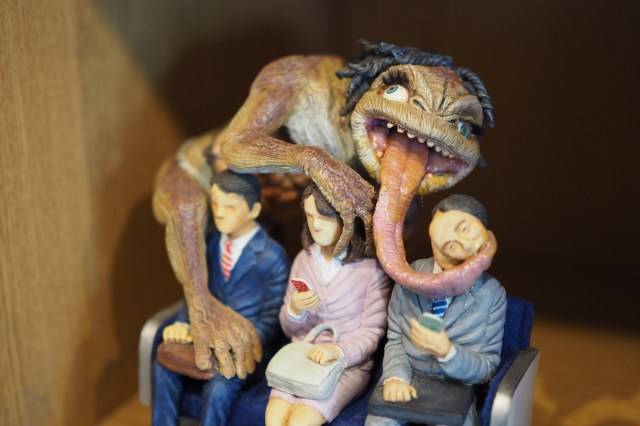
Finally, a return to normalcy.
The Seto Inland Sea area is famous for both its pristine natural beauty and its thriving art community. And one part of this community is the Yokai Museum on Shodo Island which boasts a collection of over 800 statues and figures representing traditional Japanese monsters known as yokai.
▼ 800 is even more impressive when you see how big some are
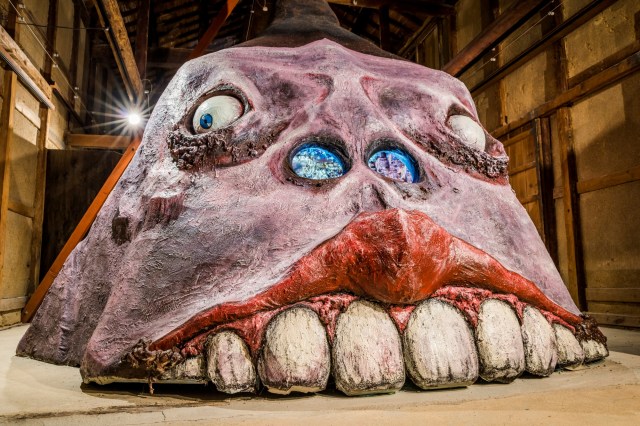
However, unlike other exhibitions of yokai, this museum is the only one of its kind that specializes in “modern yokai.” According to the Yokai Museum, yokai served many purposes such as a boogeyman to stop kids from doing bad things or simply as a form of ghost-story entertainment.
▼ Don’t go to sleep with candles lit, or the candle yokai will come
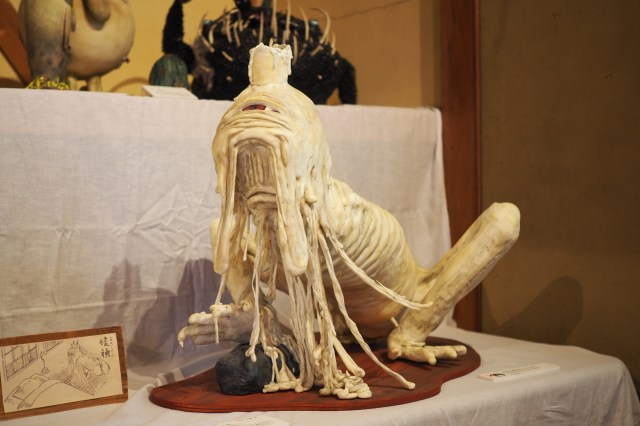
But one other purposes was as a way to explain the unexplainable in everyday occurrences. For example, if I dropped my toast and it landed with the butter side down, I could curse my own bad luck, or I could just write it off as the toast-flipping yokai doing their thing. In a way this provides a sort of an irrational yet cathartic closure to the incident allowing me to move on with my life.
▼ A bunch of people making noise outside your home? Maybe, or maybe it’s just one yokai with seven mouths.
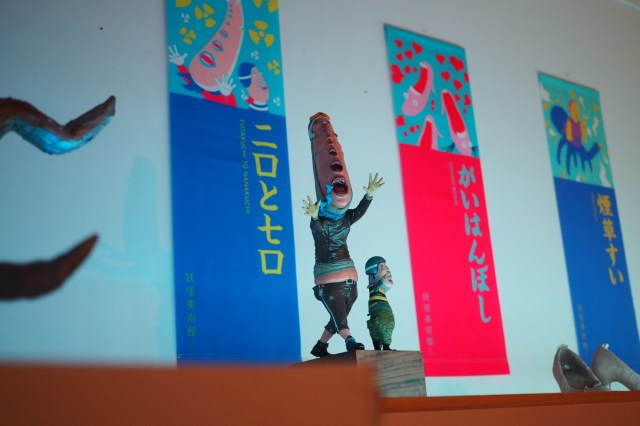
This purpose could certainly be used in the modern times as well. If some jerk cuts me off on the street, I could get angry at him, or just come to the conclusion that he was possessed by a cut-off yokai. Not much I can do about a cut-off yokai, so I might as well just let the matter be.
▼ Same goes for dog poop left on the street or… I don’t know what going on with those other two.

In other words, just as they did in the past, yokai can act as agents of peace and tranquility, helping us make sense of the senseless by making light of it. This is the spirit behind modern yokai and the Yokai Sculpture Competition which is returning next year after a prolonged 5-year break.
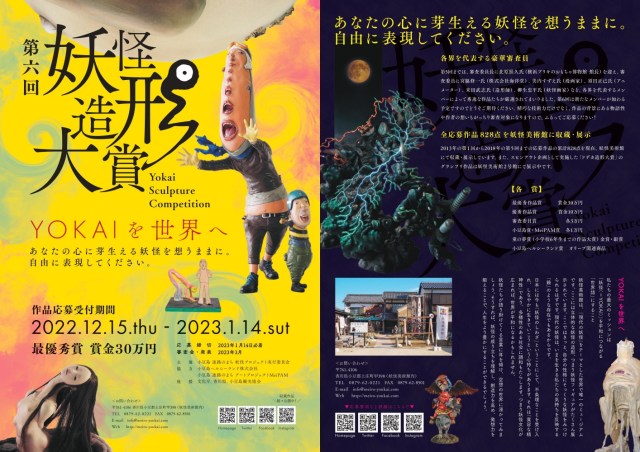
This art show, which has drawn works from artists all over Japan and as far away as Hong Kong and Taiwan, encourages people to come up with their own modern yokai. Entries will be judged both on their artistic merit as well as the creativity of the yokai’s backstory.
▼ I kind of want to go just so I can get this one’s backstory.

The grand-prize-winning piece will receive 300,000 yen (US$2,000) and awards will also be given out in 10 other categories such as the Children’s Dream Award which is handed out to works by kids in elementary school or younger. Works are judged by a panel of judges including artists in the fields of manga, sculpture, and animation.
Entries will be accepted from 15 December, 2022 to 14 January, 2023 which should give all you artists out there a little time to put a sculpture together. There appear to be no restrictions on who can apply, but you’d probably have to make your own way out to Japan to receive any award you might win. Even if it doesn’t win a prize, approved entries will be added to the Yokai Museum’s rotating displays which is an honor in itself.
▼ Even while not on display, the closet shelves lined with yokai are still a spectacle.
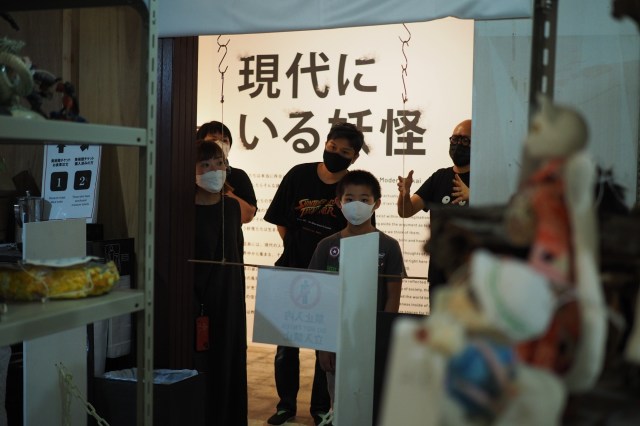
Outside the award season too, the Yokai Museum is certainly a fun place to check out when in the area. Shodo Island is just a three-hour ferry ride from Kobe making it accessible from Kansai as an easy overnight, or possibly even one day trip.
▼ And the fact that they have a bar ought to seal the deal
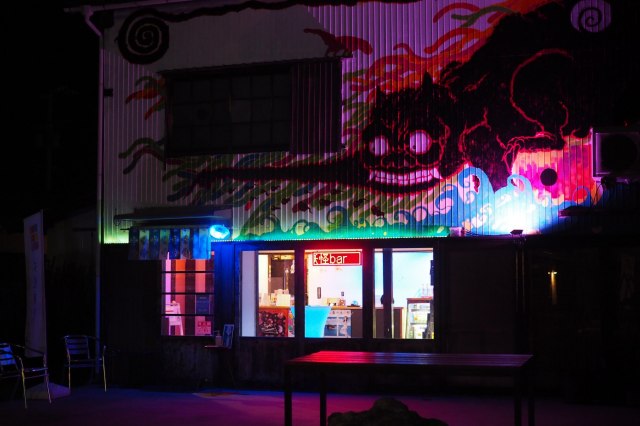
We’ll be looking forward to seeing who wins in next year’s awards. In the meantime, I’ll be deciding whether to sculpt a yokai that’s like a giant head that eats guardrails from the side of the roads or some kind of golem that tears the handles off public toilets.
Museum information
Yokai Museum / 妖怪美術館
Address: Kagawa-ken, Shozo-gun, Tonosho-cho, Ko 398
香川県小豆郡土庄町甲398
Website
Source, images: PR Times
● Want to hear about SoraNews24’s latest articles as soon as they’re published? Follow us on Facebook and Twitter!

No hay comentarios:
Publicar un comentario